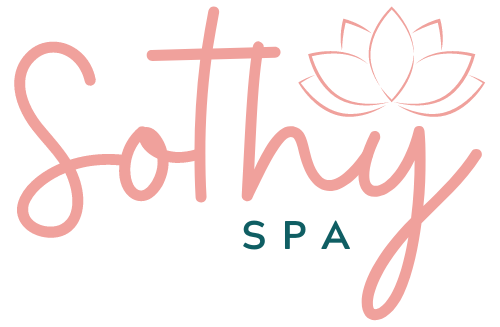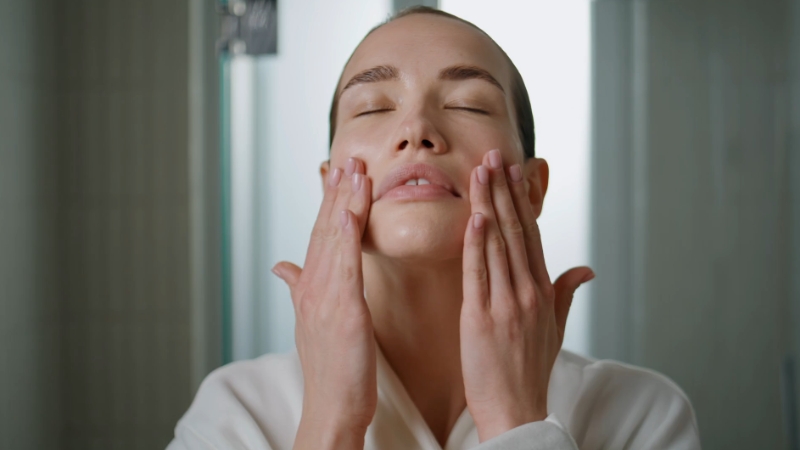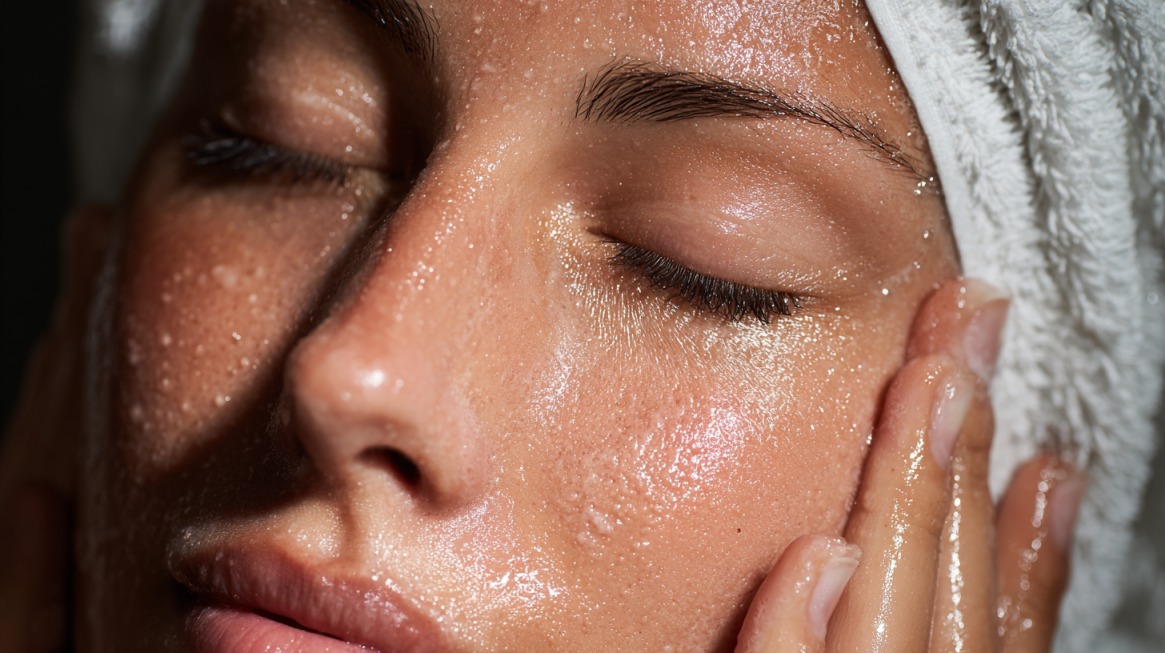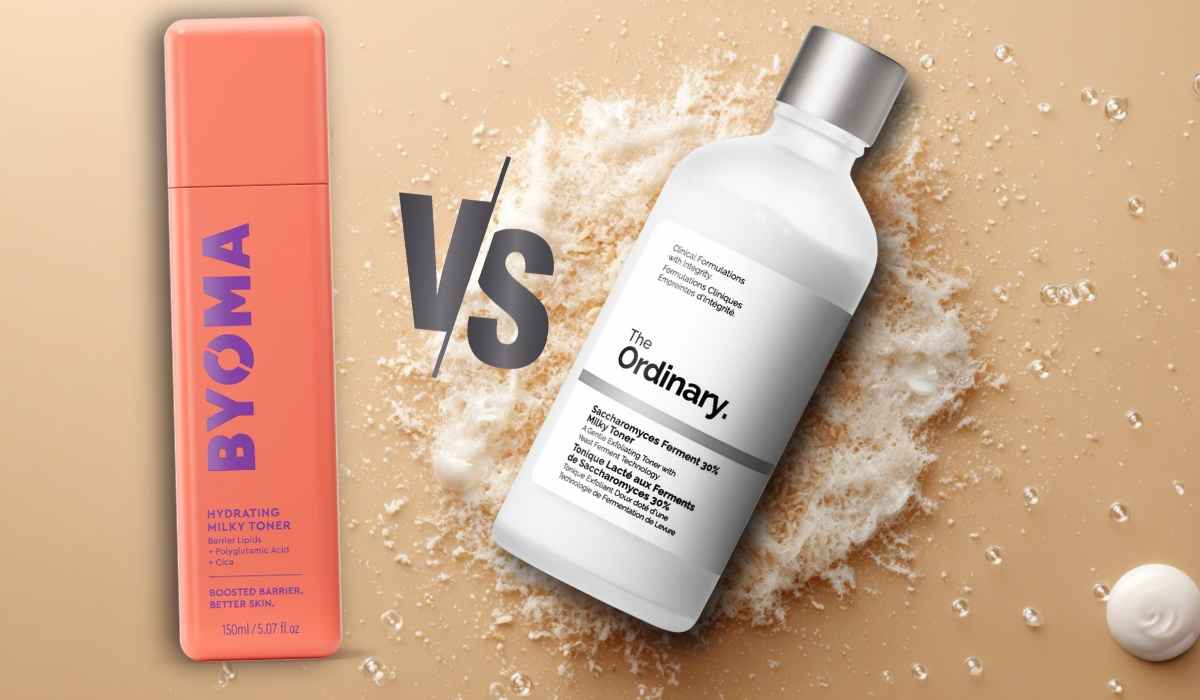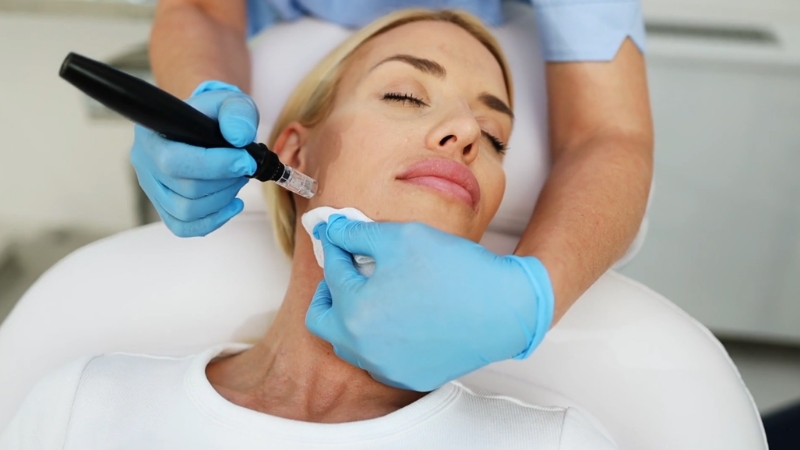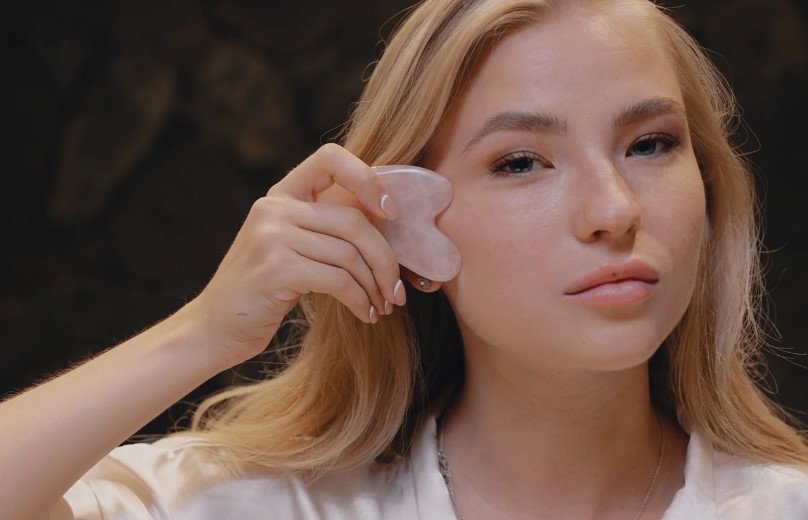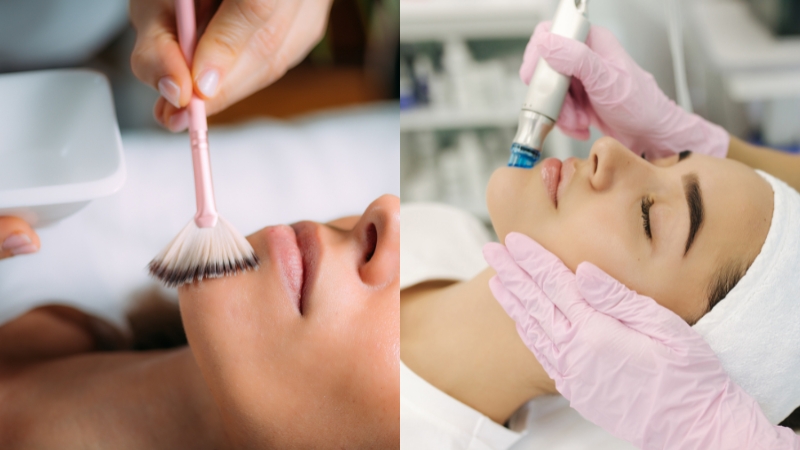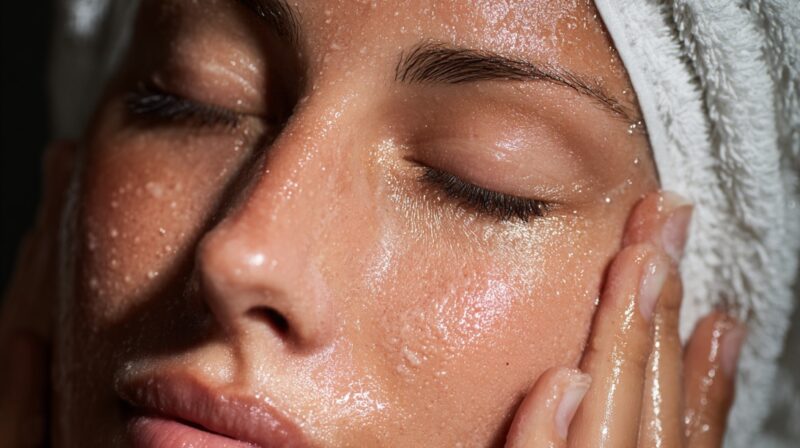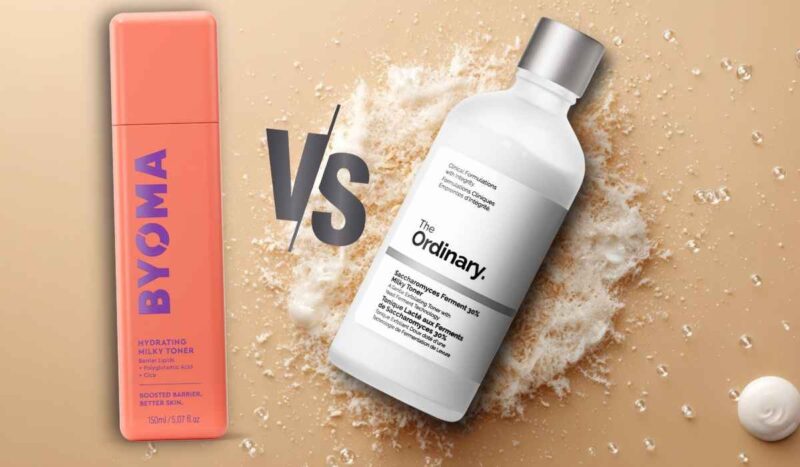
Share Post:
Let’s just cut to it: if you’re standing in the skincare aisle, holding a toner in one hand and a serum in the other, wondering which one is worth your time (and cash), you’re not alone.
Throw in a bottle labeled “essence” and things get even blurrier.
The good news? You don’t need all three.
Yep. Despite what a 12-step routine on TikTok might suggest, not every product is essential for everyone.
The difference between a toner, an essence, and a serum comes down to function, formulation, and what your skin needs.
So instead of grabbing everything, let’s break down what each one does, who it’s best for, and how to layer them (if you even should).
You’ll walk away from this knowing which of the three, if any, deserves a spot on your bathroom shelf.
Let’s Start with the Basics
Forget the marketing fluff. Here’s what you’re getting when you buy a toner, essence, or serum.
Toner: Think of It as A Reset Button
Toners used to be all about stripping oil and tightening pores with enough alcohol to double as a vodka shot. Thankfully, that’s mostly history.
Modern toners are gentler and way more skin-friendly. They usually aim to:
You’re prepping your skin for what comes next. Think of it like a warm-up before lifting weights; you can skip it, but you’ll probably get more out of your workout if you don’t.
Essence: The Underrated Hydrator
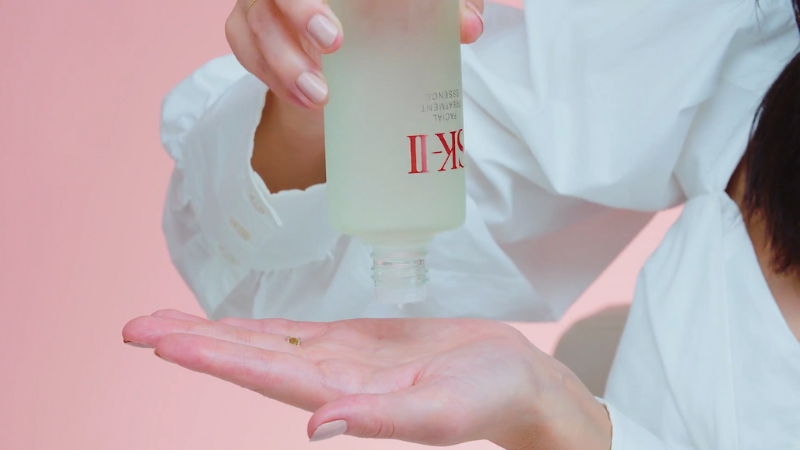
Essences are kind of a wildcard in Western skincare, huge in Korean routines, but still confusing for a lot of people elsewhere.
They’re lightweight, usually watery or slightly viscous, and focus mostly on hydration. Some essences have active ingredients like niacinamide or fermented ingredients, but their main goal is to saturate your skin with moisture and help your next products absorb better.
They fall somewhere between a toner and a serum in terms of consistency and function.
Think of an essence like drinking water throughout the day. It won’t replace a meal (your serum), but it helps your body process everything else better.
Serum: The Power Player
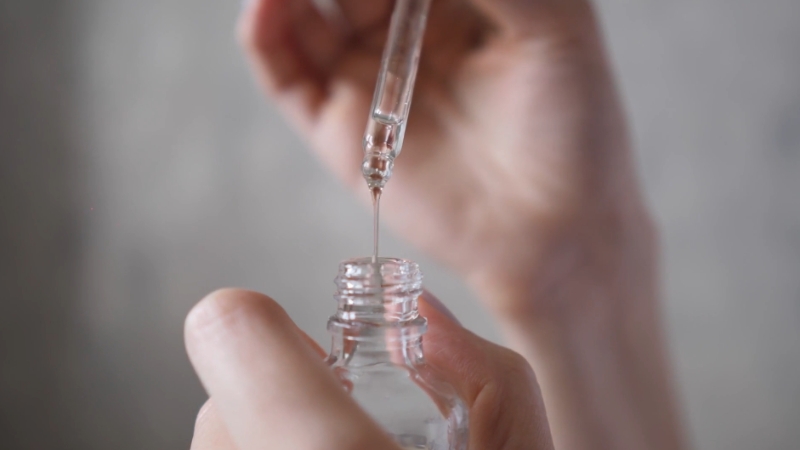
This is where the magic happens.
Serums are concentrated formulas packed with actives that target specific skin concerns, whether it’s brightening, acne, wrinkles, or hydration.
They’re thicker than toners or essences and usually come in a dropper bottle (which, yes, makes them feel fancy).
Expect to see ingredients like:
In short, serums do the heavy lifting. If skincare were a meal, the serum is the protein.
How They’re Different
Let’s compare them quickly:
Here’s where things get personal. You don’t need to use all three, and in many cases, it’s better not to. Too many layers can lead to irritation, clogged pores, or wasted money. Let’s break it down by what your skin actually needs. Go for a hydrating toner or an essence. If your cleanser leaves you feeling squeaky clean (read: slightly parched), your skin’s moisture barrier might be begging for a buffer. A toner with humectants like glycerin or a light essence with hyaluronic acid can do the trick. Skip the serum unless you have a specific concern. Now it’s serum time. Look for: If your skin is resilient, you can pair a toner with mild exfoliating acids and a targeted serum. Just don’t double up on too many activities. No need to go full chemist here. Stack up with an essence and a hydrating serum. You want water (essence) and something that locks it in (serum with humectants + emollients). Look for ingredients like panthenol, ceramides, or peptides. Bonus move? Sandwich your serum between an essence and a thicker moisturizer to seal the deal. Yes, and here’s how to keep it simple: Lightest to heaviest is a good general rule. Water-based stuff goes first, then oil-based, then cream-based. Think about how a sponge works, wet it a bit before adding heavier stuff so it absorbs better. Same idea. Let’s clear up a few common skincare mix-ups: Nope. Even oily skin needs hydration. Dehydration can cause oil overproduction. Toners and essences can actually help balance things out if used correctly. Serums aren’t meant to replace moisturizers. Most don’t have occlusive ingredients that trap moisture in your skin. Without a moisturizer on top, that fancy serum might evaporate before doing its job. Honestly? Less is often more. One great product used consistently will beat a six-step routine with trendy stuff you don’t stick to. Focus on what your skin needs right now, not what a stranger on Instagram swears by. Marcus keeps things pretty streamlined but uses targeted ingredients. A salicylic acid cleanser keeps his pores from getting congested, while a niacinamide toner helps tone down excess oil and redness. His morning serum (Vitamin C) works on brightening and fading dark spots, while the nighttime switch to retinol supports skin turnover and long-term clarity. A gel moisturizer gives him enough hydration without feeling greasy, and daily SPF keeps it all protected. Erica’s routine is all about hydration and protection. Her skin needs moisture at every step, starting with a non-stripping cream cleanser. A hydrating essence with hyaluronic acid quenches her skin right after cleansing, and the peptide/ceramide serum reinforces her skin barrier (great for reducing dryness and sensitivity). A thick, rich moisturizer makes sure none of that hydration escapes, especially in cold, dry air. SPF seals the deal in the morning. Sam isn’t about to spend half a paycheck on skincare, and that’s totally fair. His setup is minimal but smart. A basic cleanser gets the job done, and his niacinamide + zinc serum does some heavy lifting: helping with oil control, redness, and the occasional breakout. A light moisturizer keeps things from drying out, and he never skips SPF. No toner or essence here — just an efficient routine that works. The skincare world can get a little too extra. You don’t need a shelf that looks like a lab. You don’t need a 10-step routine to have great skin. What you do need is a little clarity on what each product does and when (or if) it makes sense for your routine. Here’s the simple takeaway: Start with one. Add another if your skin seems like it’s craving more. And don’t forget — consistency beats perfection. Need help figuring out which serum or toner might actually suit your skin type?
Product
Texture
Main Goal
When to Use
Works Best For
Toner
Watery
Preps skin, balances pH, and performs light exfoliation
After cleansing
Oily/combo skin, those using active cleansers
Essence
Light, watery to slightly viscous
Hydration helps absorption
After toner or in place of it
Dry, dehydrated, or sensitive skin
Serum
Thicker, gel or oil-like
Targets specific issues
After essence or toner
Anyone with specific concerns (acne, wrinkles, dark spots)
So… Which One Should You Use?
Scenario 1: Your Skin Feels Tight After Cleansing
Scenario 2: You’re Dealing with Breakouts or Dark Spots
Scenario 3: Your Skin Is Dry, Flaky, or Dull
The Layering Game: Does Order Matter?
A Few Myths Worth Busting
“I Have Oily Skin, so I Don’t Need Hydration”
“If I’m Using a Serum, I Don’t Need a Moisturizer”
“More Products = Better Results”
Real-Life Routines (For Real People)
Name
Skin Type / Concerns
Routine
Why It Works
Marcus, 29
Combination skin, occasional breakouts
– Salicylic acid cleanser
– Niacinamide toner
– Vitamin C serum (AM)
– Retinol serum (PM)
– Gel moisturizer
– SPF (AM)Keeps pores clear and targets post-acne marks. Niacinamide balances oil while actives handle brightening and cell turnover. Lightweight products prevent clogging or over-drying.
Erica, 34
Dry skin, cold climate
– Gentle cream cleanser
– Hydrating essence with hyaluronic acid
– Peptide + ceramide serum
– Rich moisturizer
– SPF (AM)Focuses on layering hydration and locking it in. The essence preps thirsty skin while the serum strengthens the barrier. Moisturizer seals it all in — critical in harsh weather.
Sam, 22
Normal to oily, budget-conscious
– Basic drugstore cleanser
– Niacinamide + zinc serum
– Light moisturizer
– SPFStripped-down but smart. A multi-tasking serum targets oil control and breakouts without overcomplicating things. Simple, consistent, and wallet-friendly.
Marcus: Combo Skin, Some Breakouts
Erica: Dry Skin in a Harsh Climate
Sam: Low-Key and Budget-Minded
Final Thoughts
Related Posts:

